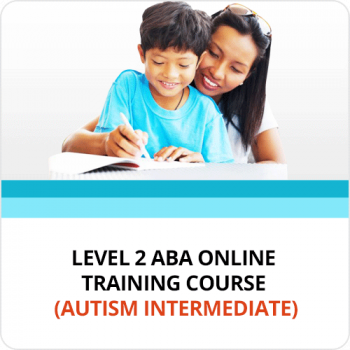Blog Categories
- ADHD
- Applied Behavior Analysis
- Autism Awareness
- Autism Service Providers
- Case Studies
- Dignosis
- Classroom Management
- Credentials
- Ethics
- Family Matters
- FAQs About LIVE Events
- Financial Planning
- Holiday Planning
- IEP's
- Panelists
- Private Equity in Autism & ABA Industry
- Psychopharmacology
- Sensory Processing Disorder
- Speech and Communication
- Subject Matter Experts
- Summer Planning
- Transition Planning
Setting Classroom Expectations to Manage Behavior

It became her life’s passion to share knowledge of these evidence-based therapies to the global community who either work or have a child/adult with Autism Spectrum Disorder (ASD) or a related disorder. She has become one of the thought-leaders in this space and is achieving her goal through the works of Special Learning, Inc.
Setting Classroom Expectations to Manage Behavior
Do all your students know and understand your expectations? Sometimes problem behaviors occur simply because a student is not aware of what is or is not expected of them. One of the simplest, yet most important, element to put in place for effective classroom management is to set clear expectations. According to Marzano (2003) “across the various grade levels the average number of disruptions in classes where rules and procedures were effectively implemented was 28 percentile points lower than the average number of disruptions in classes where that was not the case” (p.14).
Many teachers feel that certain expected behaviors are “obvious” and that all students “should already know” how to behave in a certain way. While many neuro typical students may already understand your expectations, when it comes to students with autism and other special needs, that expectation is particularly unfair and a recipe for disaster. Remember, students with autism need explicit instruction and much repetition, so to be an effective teacher, you must understand and take into consideration the way they learn to help them succeed in your classroom.
How do you set expectations? First make a list of 3-5 POSITIVELY phrased “rules.” Tell the students what they should do vs. what they should not do. As an example, instead of saying “Don’t wander in the classroom,” you could say “Stay in your seat and raise your hand after you complete your work.” This allows the students to know and understand the behavior you want to see.
As an example, you may have a student who gets up and roams around the classroom after he finishes his work. To you, it may seem obvious that he should stay in his seat, but he may have another teacher who allows him to engage in this behavior in a different classroom, so unless you have provided explicit instructions, he may not know that the expected behavior in your classroom is for him to sit in his seat after he completes his work.
Here are some other reasons to set clear expectations:
- Clarifies parameters
- Lets students know when to ask for help
- Creates clear behavior goals
- Reminds the teacher of behaviors to reward/reinforce
- Reduces the needs for additional prompting, reminding or nagging
- Tips for setting expectations:
- List ONLY 3-5 “rules”?
- Be clear?
- Be positive
When possible, rules should be behaviorally specific, but broad enough to apply to most “subjects” and “lessons” in the classroom. When possible, establish a set of expectations that can be used throughout the classroom for the entire day.
Examples of broad expectations include:
- Stay in seat
- Raise hand to ask questions
- Use nice words
- Ask for help when needed
Examples of Situation Specific expectations include:
Downtime/after work is complete:
- Put your pencil down on your desk when assignment is complete
- Turn in your assignment to the teacher
- Pick an activity from the activity bin or folder
- Put away items when completed
Hallway expectations
- Walk where you need to go
- Use your quiet voice
- Keep your hands to yourself
Lunch & recess expectations
- Clean up after yourself
- Use equipment appropriately
- Play positively with peers
- Have fun!
Copyright © 2017. Special Learning Inc. All right reserved.
No part of this article may be reproduced without written permission. For information, email contact@special-learning.com.
RECOMMENDED PRODUCTS
Level 2 ABA Online Training Course (Autism Intermediate)
Build Your Own CE Library – Gianna Apicella (20 CEs)








